Gluten-free flours are flours that are not processed from grains like wheat, barley, rye, and spelt. These types of flours contain fine starches which makes them require more liquid in the batter.
The result of baking or making confections with gluten-free flour is that the baked goods come out grainy and may be crumbly. However, this is acceptable and healthy for some.
If you’re on a gluten-free diet on prescription or personal preference, here’s a list of gluten-free flours you should know.
1. Acorn flour
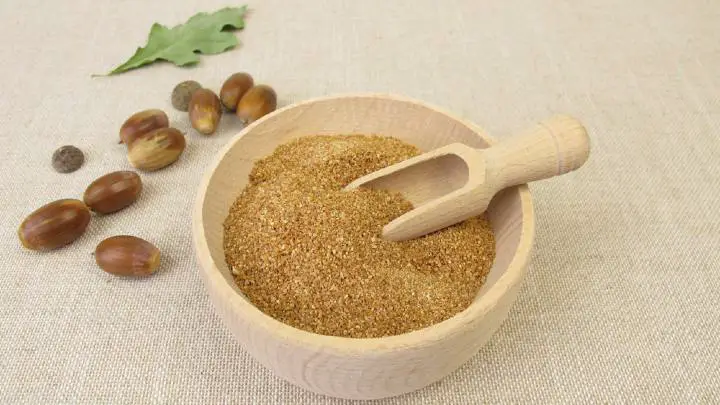
If you’re on a gluten-free diet, you should try acorn flour. Although it’s not so popular, it makes some of the best fluffy, healthy pancakes. This fiber-rich flour can wholly replace wheat flour in your recipes.
Acorn flour is also rich in protein and contains moderate amounts of carbohydrates and fat.
2. Almond flour
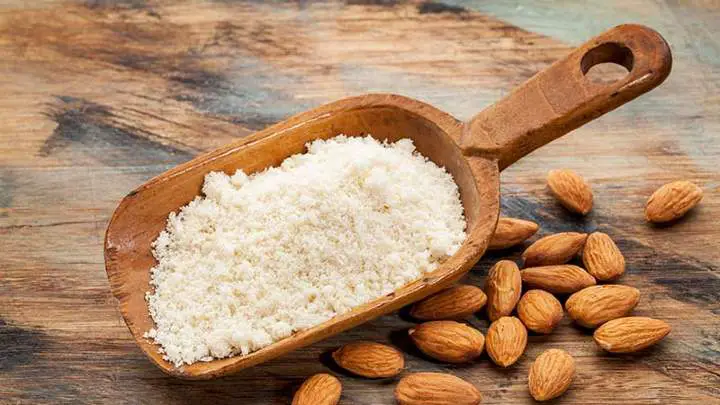
Almond flour is made from dry almond nuts. There are two types of almond flour; almond flour made with the skin on and almond flour made without the skin.
The former has a darker color and is suitable for chocolate desserts while the latter is good for baking muffins and cakes.
In addition, almond flour is rich in nutrients like fiber, protein, and minerals but low in carbs. However, if you have nut allergies, you should stay away from almond flour.
One cup of almond flour suffices for one cup of wheat flour.
3. Amaranth flour
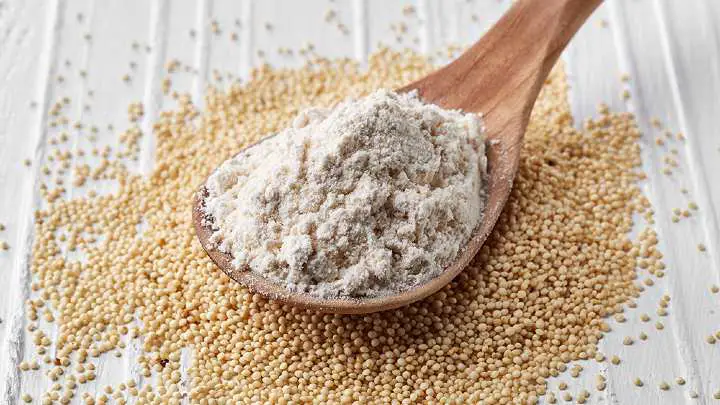
Amaranth seeds are processed into amaranth flour. The flour is rich in fiber, protein, iron, potassium, calcium, manganese, and vitamins A & C.
Also, its nutty flavor makes it a great choice for making tortillas, bread, and pie crusts. However, this gluten-free flour cannot wholly replace wheat flour when making baked goods.
Amaranth flour must be combined with other gluten-free flour to make perfect baked goods.
4. Bean flour
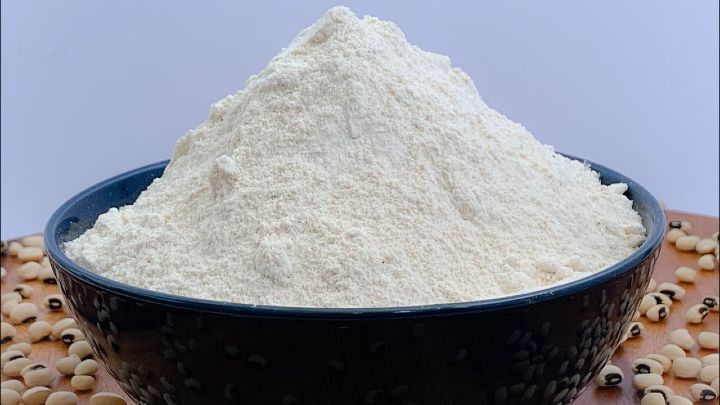
Bean flours include white bean flour, black bean flour, and green pea flour. They are all gluten-free and have a very high protein content.
You can add bean flour to your dishes to give a bean flavor to your meal. Replace wheat flour with bean flour in your dips, sauces, salsa, taco, and burrito.
Moreover, bean flour can be used to coat foods before sautéing and as a binder for vegetable burgers.
5. Buckwheat flour
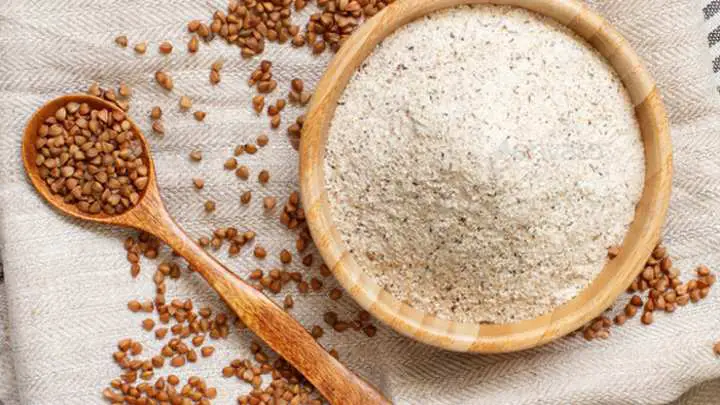
Unlike what you may be thinking or have heard, buckwheat flour is not wheat flour, and it doesn’t contain gluten.
However, you should be very sure of the buckwheat flour you’re buying because some varieties are processed alongside wheat, rye, and barley.
Buckwheat flour has an earthy flavor that makes it great for pancakes, pasta, quick bread, yeast bread, and crepes. Also, it is rich in antioxidants, vitamins, and minerals.
6. Cashew flour
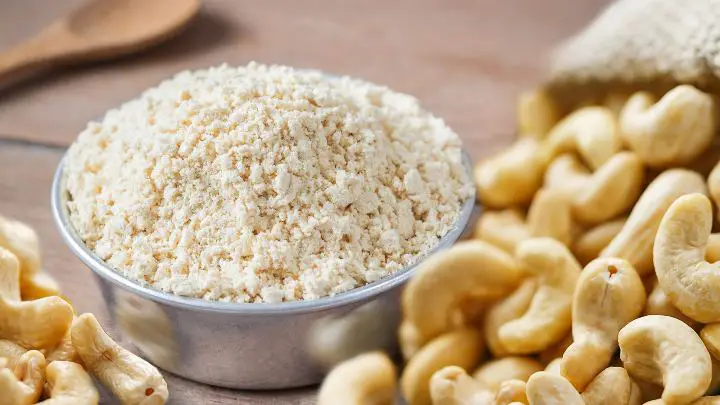
Cashew flour is just like almond flour. You can use this flour to make cookies, bread, and muffins.
It is rich in protein and low in omega-6 fatty acids. If you find cashew flour too crumbly, you can mix it with other gluten-free flour.
7. Cassava flour

Cassava flour is gotten from the dry roots of the cassava plant. It is not only gluten-free, but it is also nut-free. Therefore, it is good for people with nut allergies.
Cassava flour is a perfect substitute for white flour. This flour can wholly replace wheat flour in recipes and will produce quality foods.
Moreover, cassava flour is rich in carbohydrates, vitamin C, manganese, and potassium. However, it’s not very high in fiber.
One thing to be cautious about is that cassava flour may contain toxins if it isn’t wholly from cooked cassava roots.
8. Chia flour
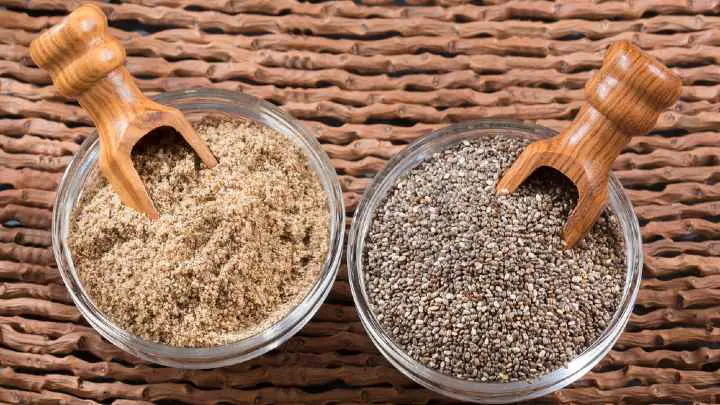
Chia flour is one of the fiber-rich, gluten-free flours that can partly or wholly replace wheat flour in dishes.
This gluten-free flour makes a great substitute for eggs when baking. In addition, it can be used for puddings.
However, to make baked goods like cookies and muffins, you may have to combine chia flour with other gluten-free flour to make a thicker dough.
9. Chickpea flour
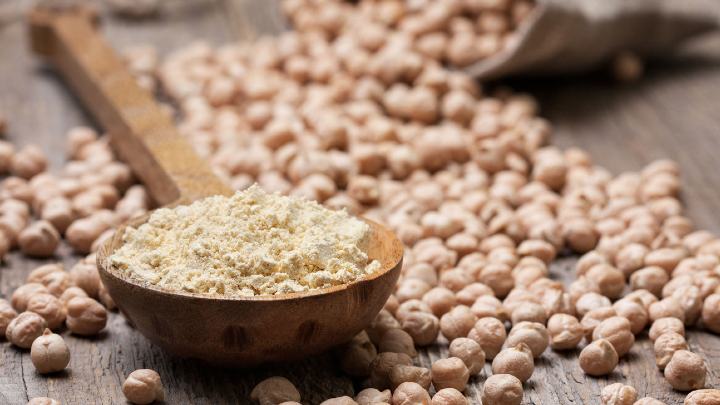
Chickpea flour or gram flour or garbanzo flour is a common flour and it is rich in protein, fiber, and iron.
Its nutty flavor and grainy texture make it good for tortillas, cookies, muffins, flatbreads, and crepes.
In addition, chickpea flour is a good substitute for eggs when baking. Chickpea flour can wholly replace gluten flours like rye flour.
10. Coconut flour
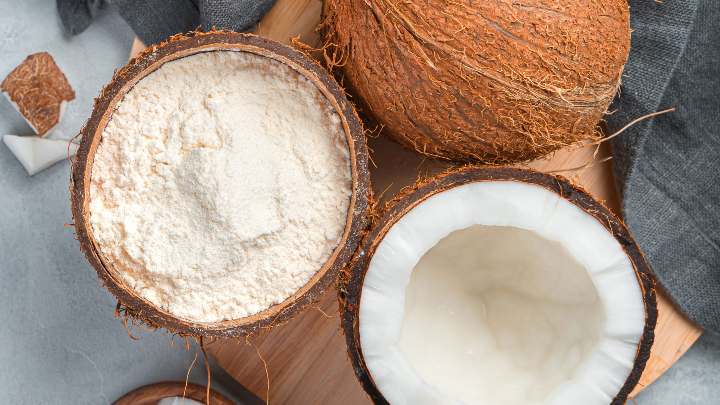
Coconut flour is a product of defatted coconuts. This flour is very high in fiber, has a sweet taste, and is suitable for people with nut allergies.
You should, however, keep in mind that coconut flour is highly absorbent. Therefore, you should use it sparingly; 25-40% of this flour is enough for baking.
Additionally, add in extra eggs for more moisture and to serve as a binder. Coconut flour is good for baking cookies, muffins, quick bread, and granola.
11. Corn flour
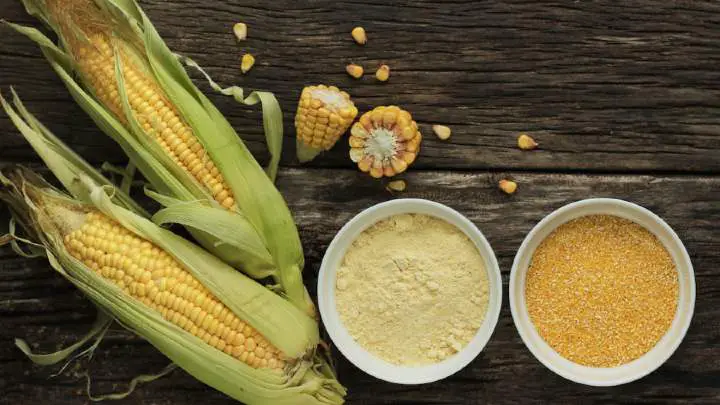
Yellow corn, masa harina (Mexican corn flour), and blue corn flours are gluten-free. They are rich in fiber, vitamins, and minerals.
Corn flours are a great gluten-free flour substitute for thickening soups and making tortillas and bread. You can also use corn flour to make pizza crust.
12. Hazelnut flour
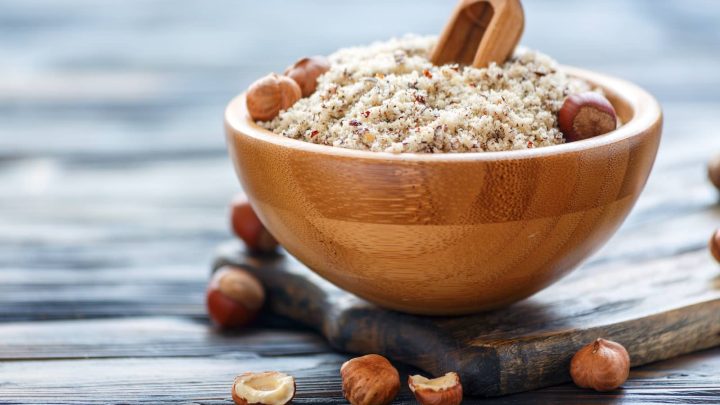
Hazelnut flour is not only gluten-free, but it is also low in carbs. It is rich in vitamins and minerals.
The nutty flavor of hazelnut flour makes it great for making pastries, pie crusts, bread, and cakes. Moreover, hazelnut flour will give your confections a more buttery flavor.
13. Millet flour
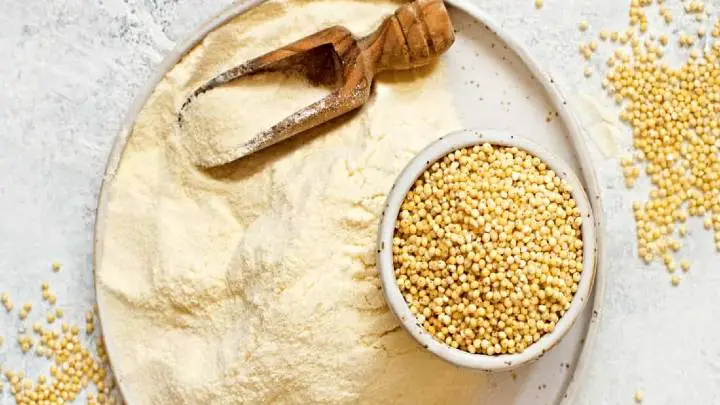
Millet flour is good for making muffins, cookies, and cornbreads. This flour is rich in protein and makes a good wheat flour substitute when making pancakes, muffins, and bread. It is also a good thickener for sauces.
In addition, you can make a variety of flours by mixing millet flour with other gluten-free for your baked goods.
14. Oat flour
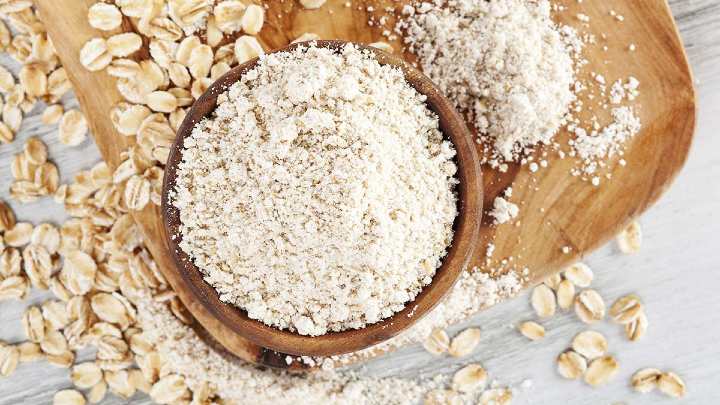
When buying oat flour, make sure you read the label and confirm it is gluten-free. This is because, oats are sometimes processed alongside wheat, rye, and barley.
But when you get 100% gluten-free oat flour, you can use it to wholly replace wheat flour. Oat flour makes delicious chocolate cake, cookies, quick bread, and yeast bread.
However, because it is gluten-free, it may give you crumbly, moist, and fluffy baked goods. To avoid this, you can add other gluten-free flour and binders. Oat flour is rich in fiber, antioxidants, vitamins, and minerals.
15. Peanut flour
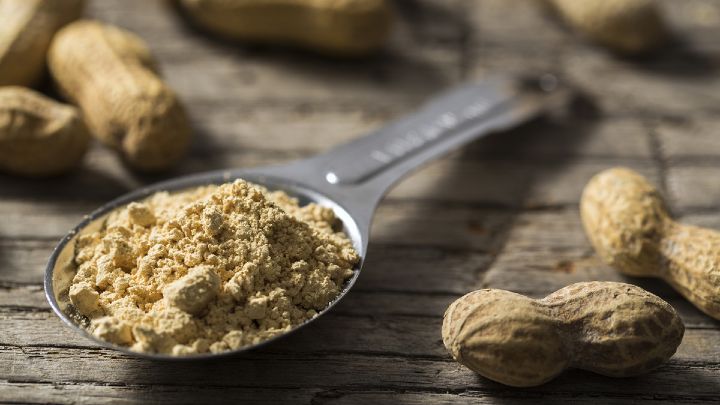
Another gluten-free flour is peanut flour. Peanut flour is highly recommended for people looking to control their appetite and weight gain.
It is very rich in fiber and protein and keeps you full for longer.
Moreover, what other gluten-free flour will make the best peanut-based desserts if not peanut flour? Also, it’s a good thickener for soups and sauces.
16. Pistachio flour
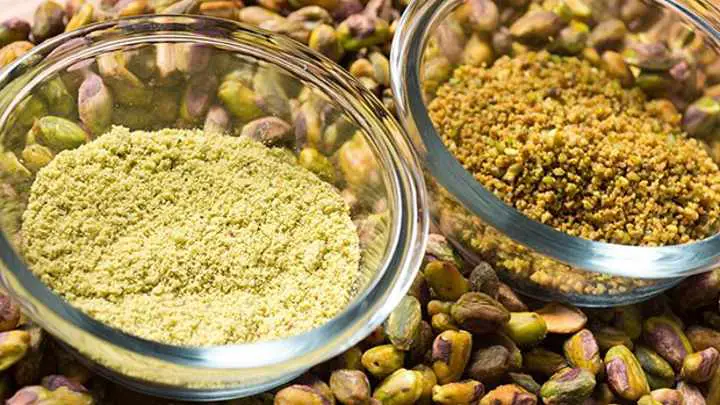
Pistachio flour is the flour used in baking gluten-free macarons because of the rich green color it gives foods. The flour is equally rich in fiber, fats, and iron.
17. Potato flour
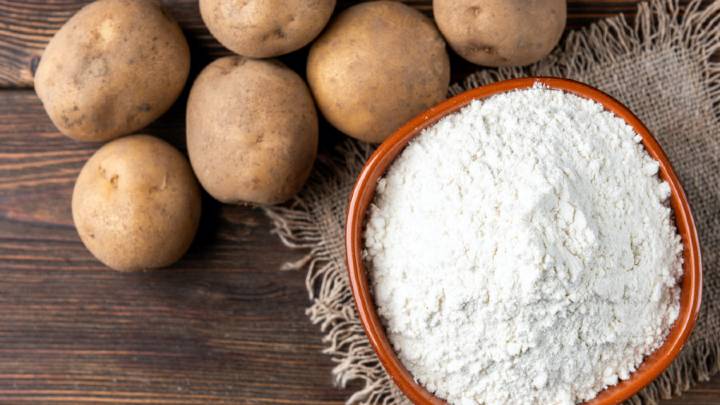
Among all the gluten-free flours, potato flour is the densest. It holds water well, and this makes it good for baking bread. Moreover, it is very rich in fiber, vitamins, and minerals.
Additionally, some bakers like to use potato flour because it produces baked goods with long shelf life.
18. Quinoa flour
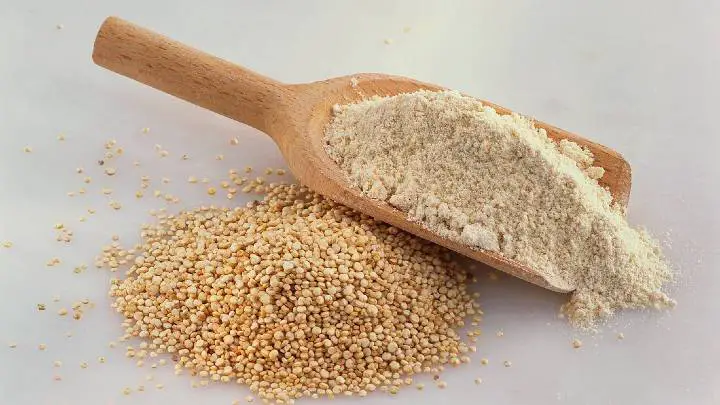
Quinoa flour is one of the gluten-free flours with a nutty flavor. It is also sweet and makes great muffins, tortillas, biscuits, pizza dough, cakes, and cookies.
You can equally use quinoa flour as a gluten-free flour for your savory dishes. In addition, this flour is nutrient-dense and a perfect fit for vegans.
19. Rice flour

Rice flours include brown rice flour and white rice flour. Both flours are gluten-free, but brown rice flour has more dietary fiber content compared to white rice flour.
Also, brown rice contains more amino acids, proteins, vitamins, and minerals. For gluten-free thickeners for your soups and sauces, try rice flour.
They are also used to make cakes, bread, wholesome noodles, cookies, pie dough (brown rice flour), and as coatings for fried foods.
20. Sorghum flour
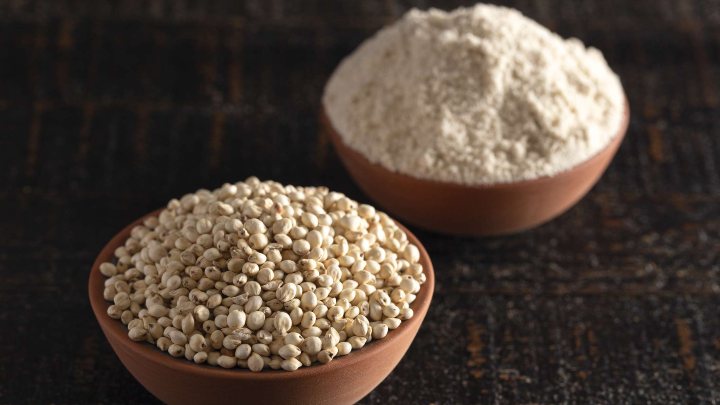
Sorghum flour is made by processing sorghum grains. The flour is a rich source of fiber, protein, antioxidants, and mineral iron.
It is a very dense flour. Therefore, use it sparingly or in combination with other gluten-free flour when baking.
If you’re using sorghum flour for cookies, cakes, bread, muffins, and pancakes, you’ll need to add a binder like egg white or xanthan gum to hold the ingredients together.
21. Soy flour

Soy flour is 100% gluten-free. Therefore, it can wholly or partially replace wheat flour when baking bread, cookies, muffins, and other baked goods.
Moreover, soy flour is a great source of dietary fiber, vitamins, minerals, soy protein, and isoflavones. However, it’s low in carbs, and this makes it great for people who are looking to cut down on carbs intake.
22. Tapioca flour
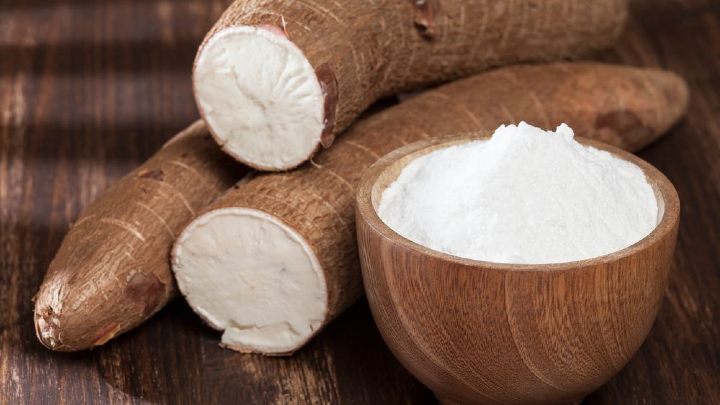
Tapioca flour is a byproduct of cassava, just like cassava flour. But unlike cassava flour, tapioca flour is gotten from the starchy liquid in cassava roots.
This flour makes a great thickener for soups and sauces. You can also use it to make bread and pies.
Keep in mind that tapioca flour can get quite gluey and make your baked goods very dense. Therefore, you should mix it with other gluten-free flour when baking.
23. Teff flour
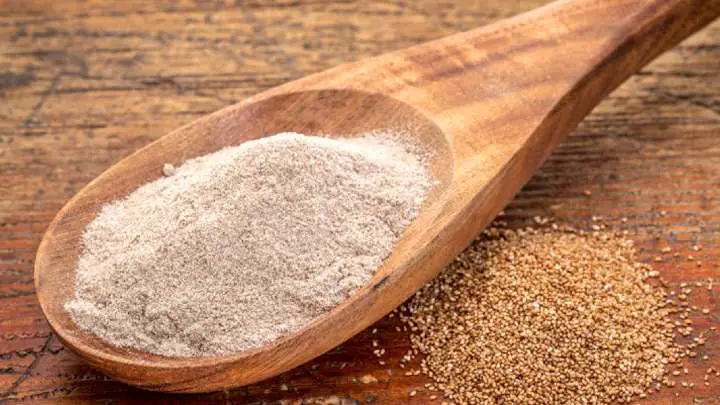
Another gluten-free flour similar to wheat, rye, barley, and spelt flour is teff flour. Teff flour can be used to make pancakes, shortbread, flatbreads, waffles, pie crusts, and scones.
Additionally, teff flour is rich in fiber and vitamin C. When using teff flour, substitute it for 25-50% of wheat or all-purpose flour.
24. Tiger nut flour
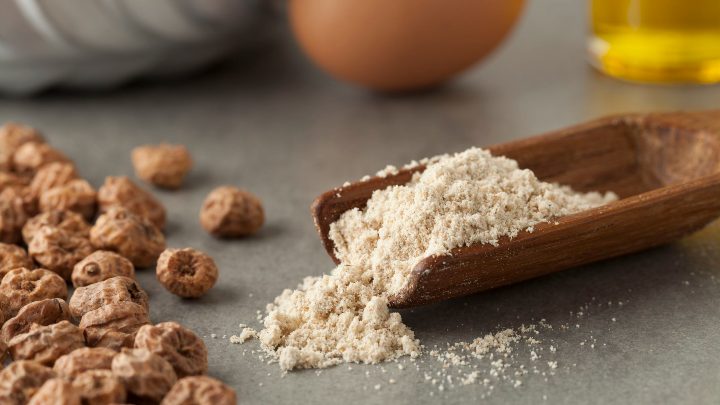
Tiger nut flour is very sweet. So you should reduce the quantity of sugar or honey you add to your recipe.
The sweet flavor of tiger nut flour makes it great for making brownies, cakes, and chocolate chip cookies. If you have nuts allergies, you can still eat tiger nut flour because tiger nuts are not nuts.
FAQs
Can you use gluten-free flour instead of all-purpose flour?
Yes, you can.
Gluten-free flour can replace all-purpose flour in all recipes. The only difference is that gluten-free flours produce lighter batters, so you have to add more ingredients like baking powder to add more volume to the batter.
Can vegans eat gluten-free flour?
Yes, they can.
Gluten-free flours are derived from plants. Therefore, they are safe for vegans to eat.
What is the best gluten-free flour to replace wheat flour?
Sorghum flour is the closest substitute for wheat flour.
It has the same texture and taste as wheat flour. So, for your gluten-free diet, replace wheat flour with sorghum flour for pancakes, bread, and cakes.
Conclusion
The gluten-free market has broadened so much that there is a high demand for alternatives to gluten flours like wheat and barley flour. You may be on a gluten-free diet for the sake of gluten sensitivity or just because you want to avoid gluten in general.
For whichever reason you’re avoiding gluten, be careful to read the labels on the processed foods you buy. Look for the ingredients list and be sure it is gluten-free.
Thanks for reading.
Now you know about gluten-free flours. Learn about other foods that should be part of your gluten-free diet.
